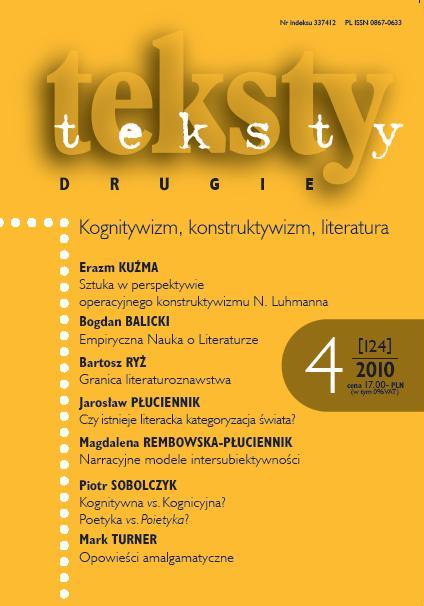Czeska tradycja humoru i "mistyfikacji"
The Tradition of Czech Humour and ‘Mystification’
Author(s): Štěpán BalíkSubject(s): Literary Texts
Published by: Instytut Badań Literackich Polskiej Akademii Nauk
Keywords: Mystification; Czech culture; Sense of humour; Czech literature 20c; Popular art.
Summary/Abstract: Balík differentiates between mystification (creating a literary forgery) and ‘mystification’ (making a fool of somebody), in order to focus on the latter within the Czech artistic tradition. He describes phenomena in Czech culture since the late 19th century, discussing specific notions such as recese (a sort of happening) or washaglou (texts by madmen, lunatics and fools), and the Czech sense of humour (‘objectless humour’, quitted bottom-line, the poetics of embarrassment). Twentieth-century authors are described in chronological order, along with ‘mystifying’ groups who influenced future writers. The concluding section considers these phenomena with respect to Czech national identity as described by Jan Patočka, as well as in relation to elitist and popular Czech art, in which this sort of artistic output has had its peculiar place.
Journal: Teksty Drugie
- Issue Year: 2010
- Issue No: 4
- Page Range: 247-266
- Page Count: 20
- Language: Polish

